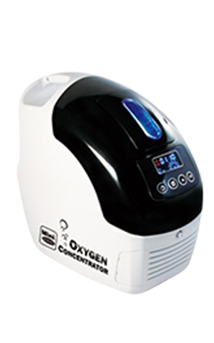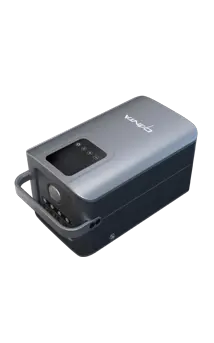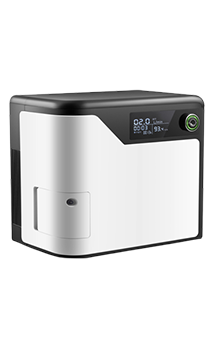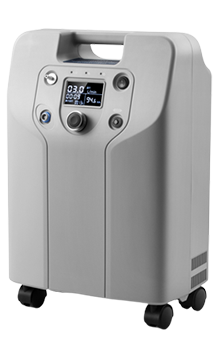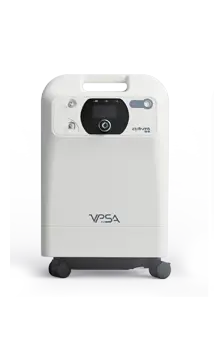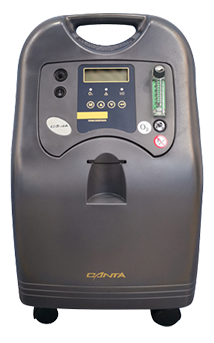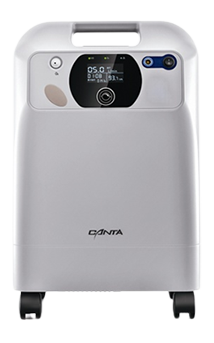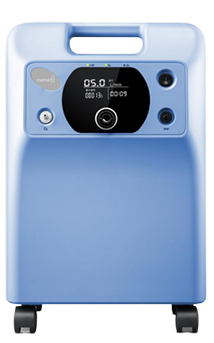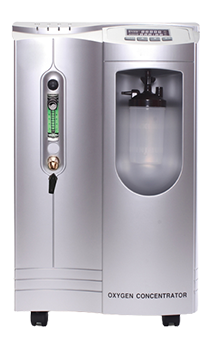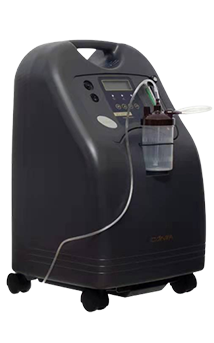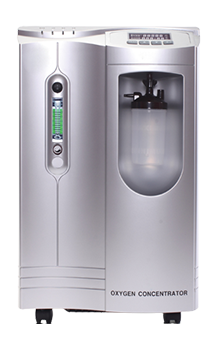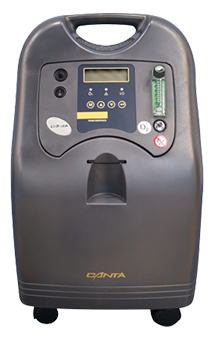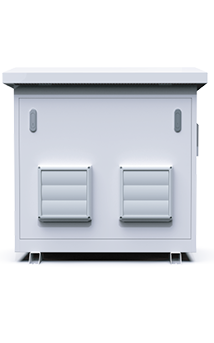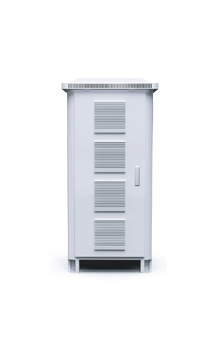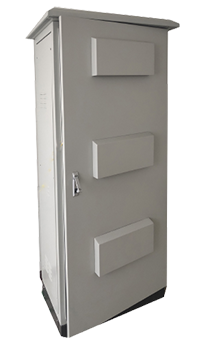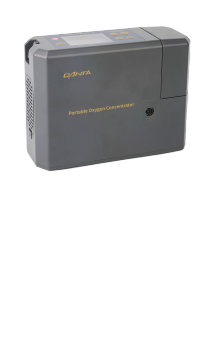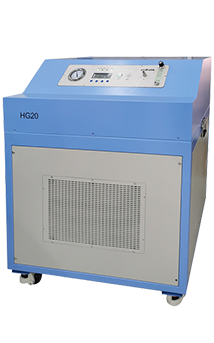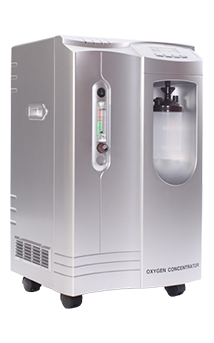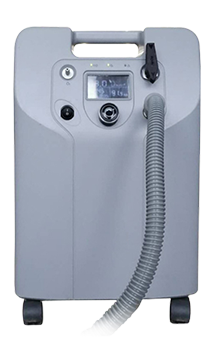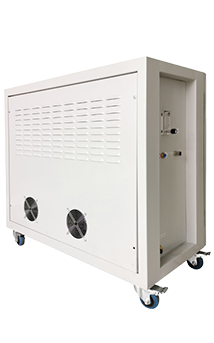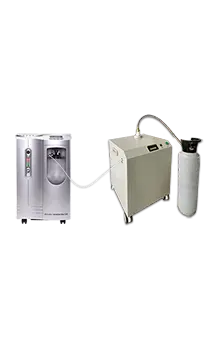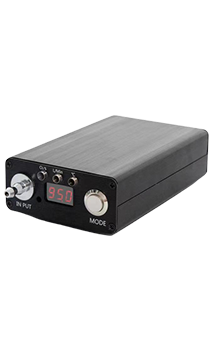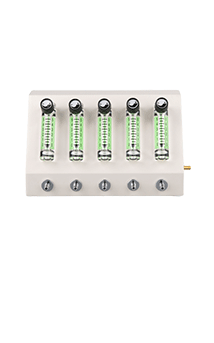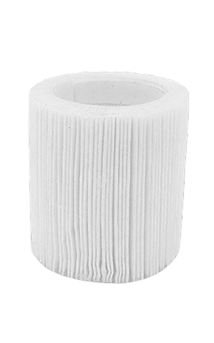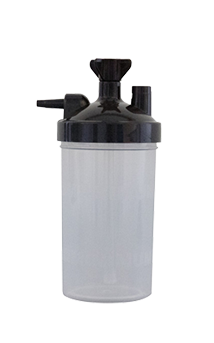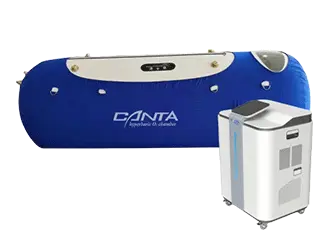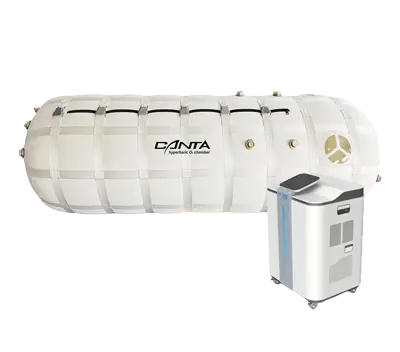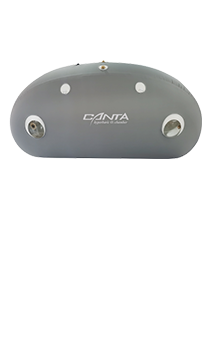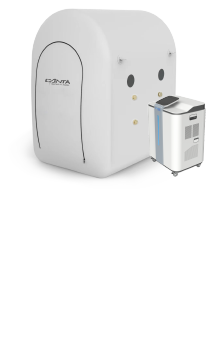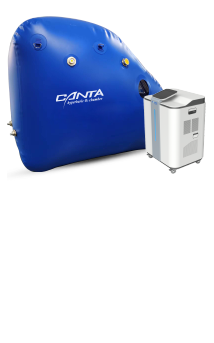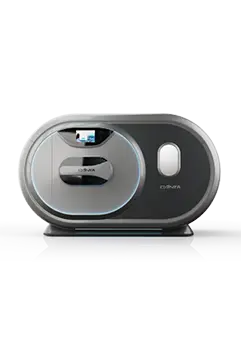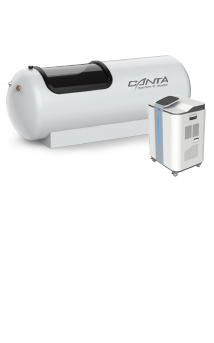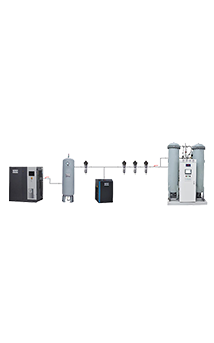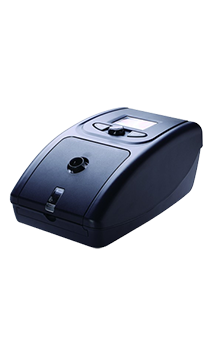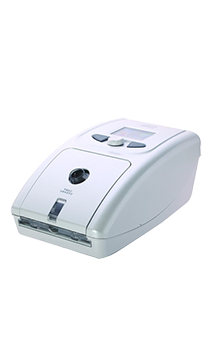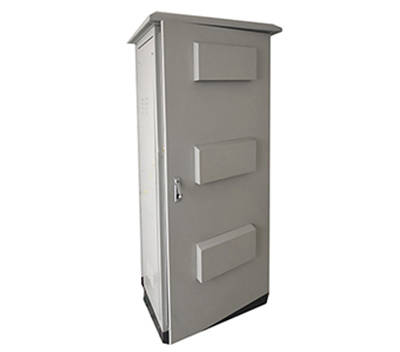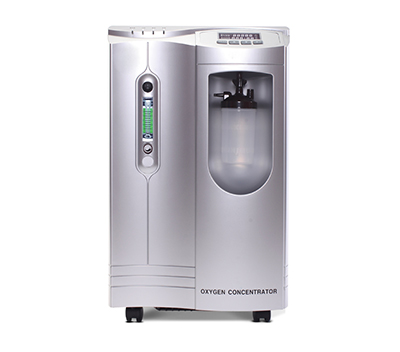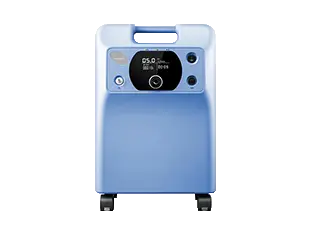In medical settings such as hospitals and clinics, oxygen concentrators play a vital role in providing critical care for patients with respiratory distress. These devices work by filtering out nitrogen from the air and delivering a concentrated stream of oxygen to the patient. Oxygen concentrators come in various types, each with its own set of unique features that cater to the diverse needs of patients.
Types of Oxygen Concentrators
The most common types of oxygen concentrators are stationary and portable. Stationary concentrators are generally used in hospitals and clinics, while portable concentrators are designed for use on the go, allowing patients to maintain their oxygen therapy while outside the home.
Stationary oxygen concentrators are designed to deliver a continuous flow of oxygen to patients who require higher oxygen levels. These devices are capable of producing up to 10 liters of oxygen per minute and are typically used in hospital settings. Some of the latest models even come with a backup battery feature, allowing patients to continue receiving oxygen even during power outages.
Portable oxygen concentrators, on the other hand, are designed for patients who are always on the go. These devices are small and lightweight, making them easy to carry around. They are also equipped with rechargeable batteries, allowing patients to use them even in places without access to power outlets. The latest models come with advanced features such as Bluetooth connectivity, enabling patients to monitor their oxygen levels and track their therapy progress.
Benefits of Oxygen Concentrators
Oxygen concentrators offer a host of benefits to patients with respiratory conditions. First and foremost, they provide a reliable and continuous source of oxygen, improving the patient's breathing and overall quality of life. In a medical setting, oxygen concentrators can be life-saving for patients with severe respiratory distress.
In addition to providing oxygen, these devices also offer convenience and ease of use. Unlike traditional oxygen tanks, concentrators do not require refilling, making them a more practical and cost-effective option in the long run. They are also simple to operate and maintain, requiring only periodic cleaning and filter replacement.
Oxygen concentrators are also much safer than traditional oxygen tanks, which can be hazardous in certain situations. Oxygen tanks are highly flammable and can cause fires or explosions if not handled properly. Oxygen concentrators, on the other hand, do not pose the same risk, making them a safer option for patients and medical staff alike.
Oxygen concentrators are an essential component of patient care in medical settings. They offer a reliable and continuous source of oxygen to patients with respiratory distress, improving their breathing and overall quality of life. With their various types and unique features, oxygen concentrators cater to the diverse needs of patients, providing convenience, ease of use, and safety. The latest models even come equipped with advanced features such as Bluetooth connectivity, making them a more effective tool for monitoring and tracking therapy progress. Overall, oxygen concentrators enhance patient care and help medical professionals provide critical care to those in need.
 EN
EN  ja
ja  ko
ko  fr
fr  de
de  es
es  it
it  ru
ru  pt
pt  ar
ar  tr
tr  th
th  da
da  fa
fa  pl
pl  ro
ro  hu
hu  el
el  af
af 
